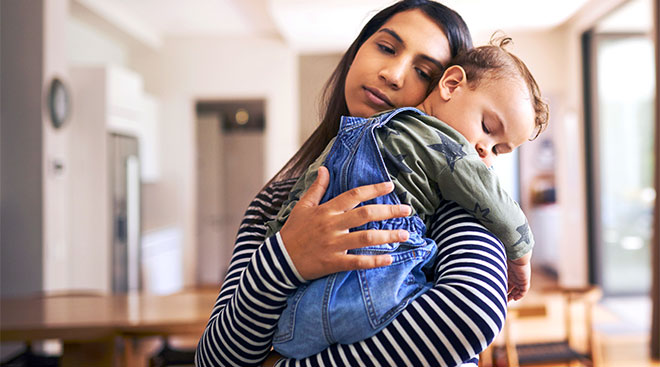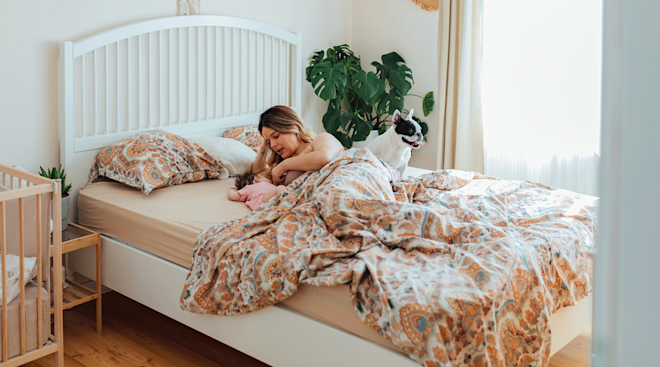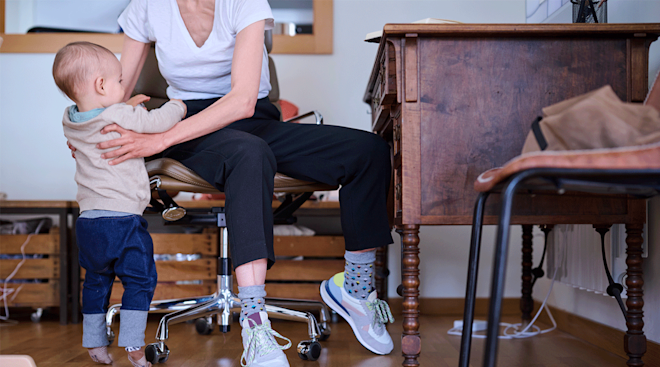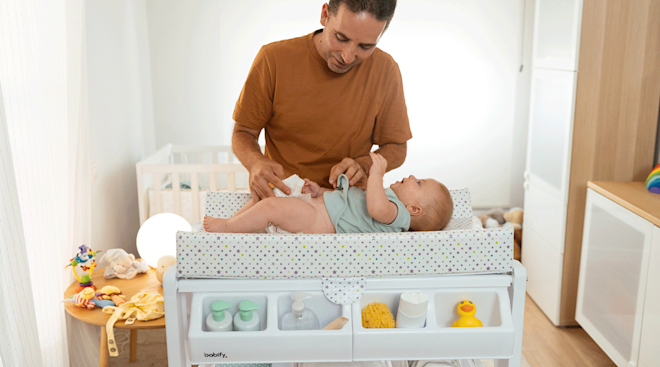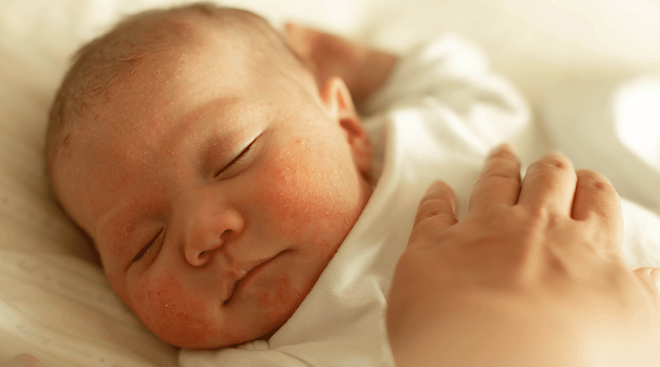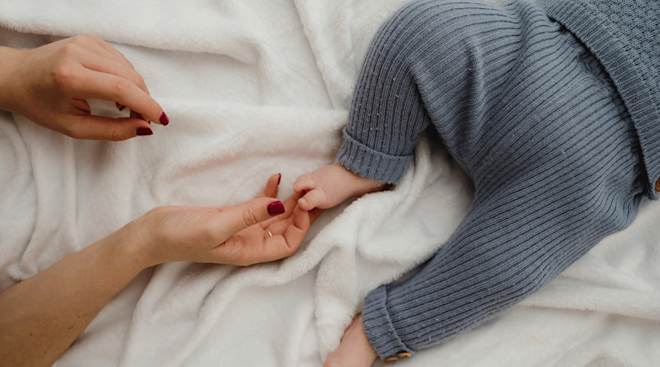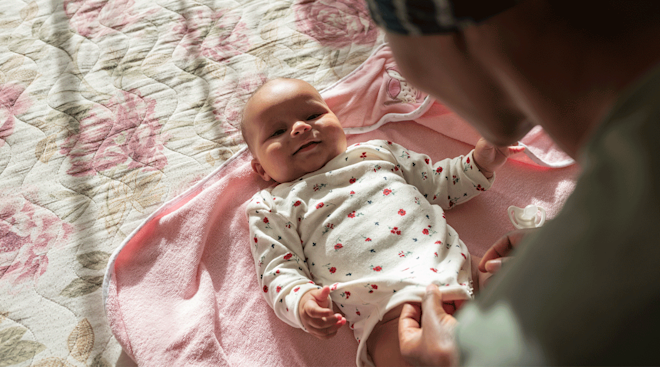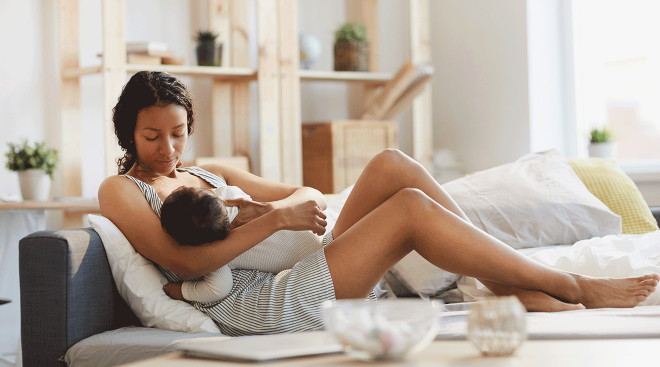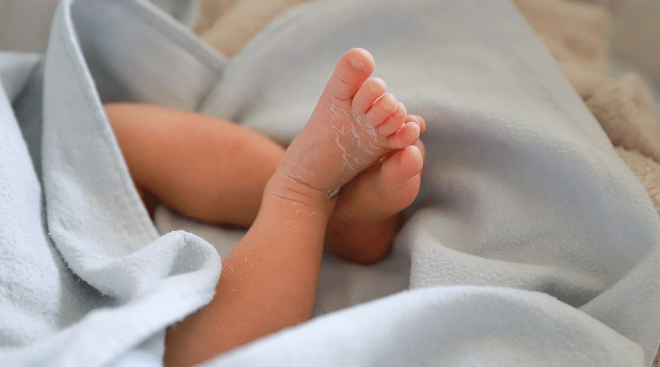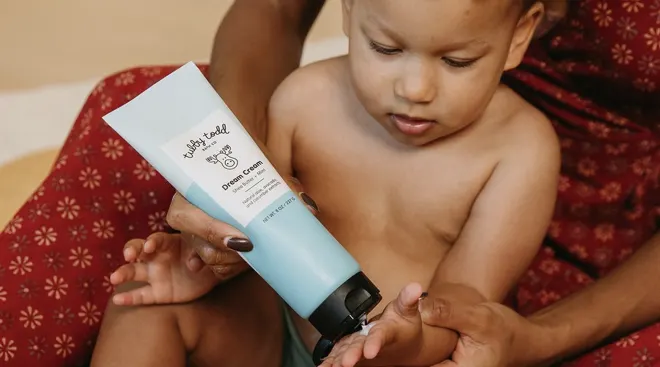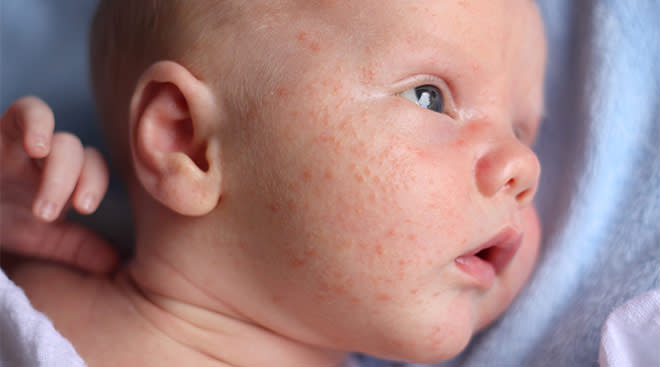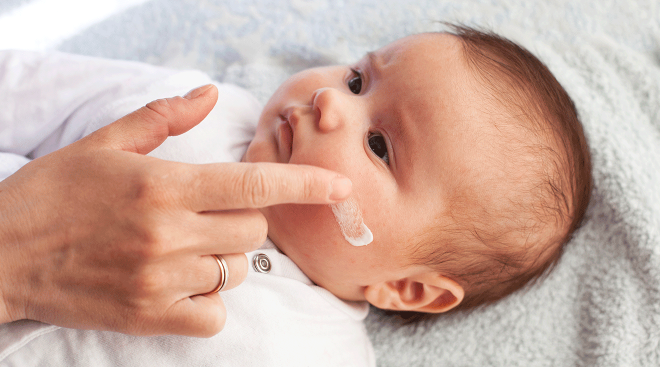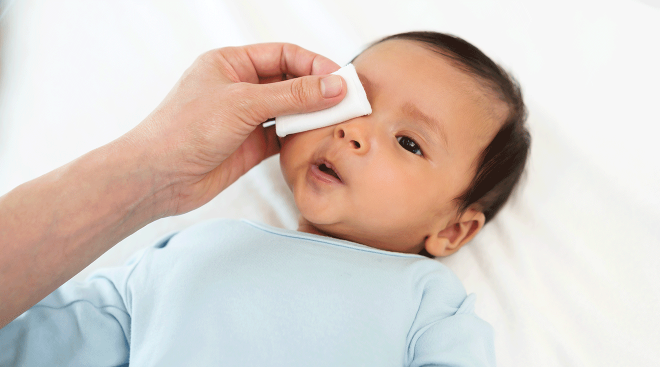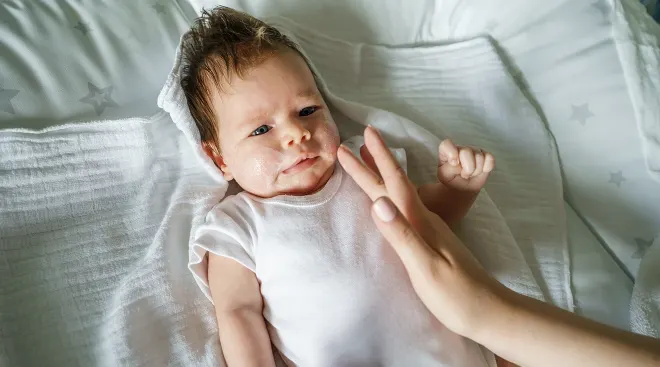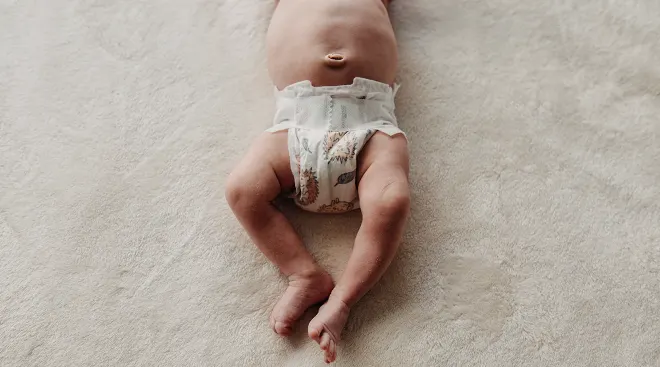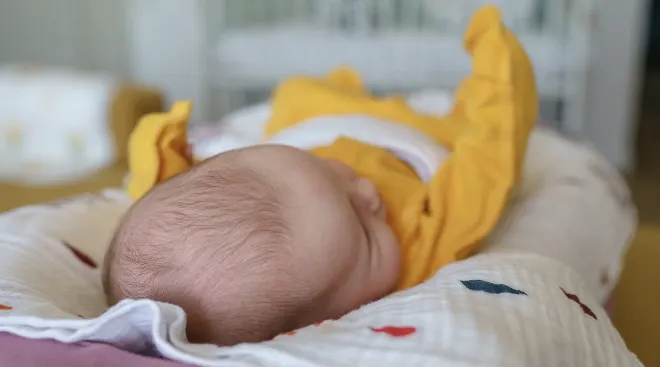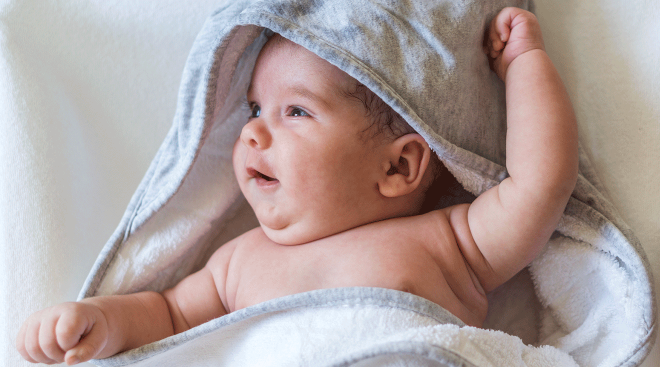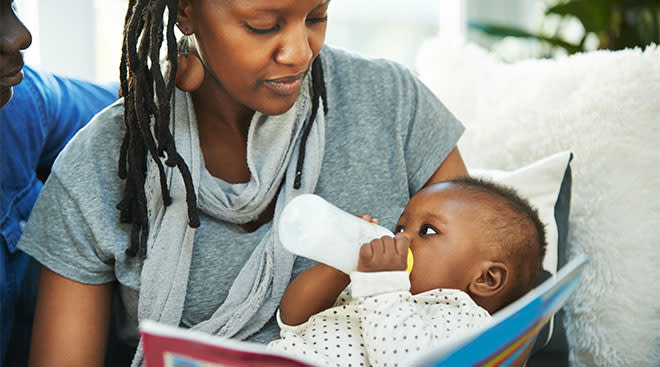Parenting Pain Is More Prevalent Than You Might Think, Study Finds
Parenting can be one of the greatest joys in life, but it’s no secret that it can also be incredibly hard. Other than the mental toll it can take thanks to the constant stress and worry, one study is now finding that it also takes a physical toll on many parents.
New research commissioned by Wahl, a company that makes at-home therapeutic massagers, surveyed 1,047 parents in May 2020 with kids ranging from newborn to 17 years old. The survey found that 65 percent of respondents said they experienced pain related to parenting, with nearly half stating they felt this pain on a weekly or daily basis.
The survey found the top cause of pain for parents of children up to 5 years old to be lifting and carrying baby gear, such as strollers and car seats. As the kids grew older, the leading cause for pain stemmed from activities like playing with their kids. The survey found that the age and number of kids may also play a role in parents’ probability of pain. The results showed that parents with kids ranging from 2 to 5 years old were most likely to experience pain, while parents with two or more children were 47 percent more likely to experience pain on a daily basis compared to parents with one child.
When it came to where parents felt the pain most, back pain was the leading culprit, followed by headaches and neck pain. One in three parents stated that the pain had negatively impacted their parenting experience. However, the results showed that many parents didn’t let their pain stop them for engaging in activities with their kids.
The top two obstacles parents faced in terms of following a pain management plan? Time and cost. Of the parents surveyed, 40 percent said they only had a few hours a week for pain management, while 20 percent said they had no time at all. When it came to using at-home massage tools as an option for pain management and relief, 80 percent of respondents said they had never tried them.
“We’ve long suspected there was a correlation between parenting tasks and increased pain,” Steven Yde, division vice president for Wahl, stated in a press release. “That’s why we did this study, we wanted to bring attention to the problem and let parents know there are convenient pain-relief options out there for them.”
Please note: The Bump and the materials and information it contains are not intended to, and do not constitute, medical or other health advice or diagnosis and should not be used as such. You should always consult with a qualified physician or health professional about your specific circumstances.
Navigate forward to interact with the calendar and select a date. Press the question mark key to get the keyboard shortcuts for changing dates.

































